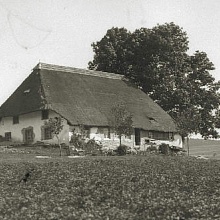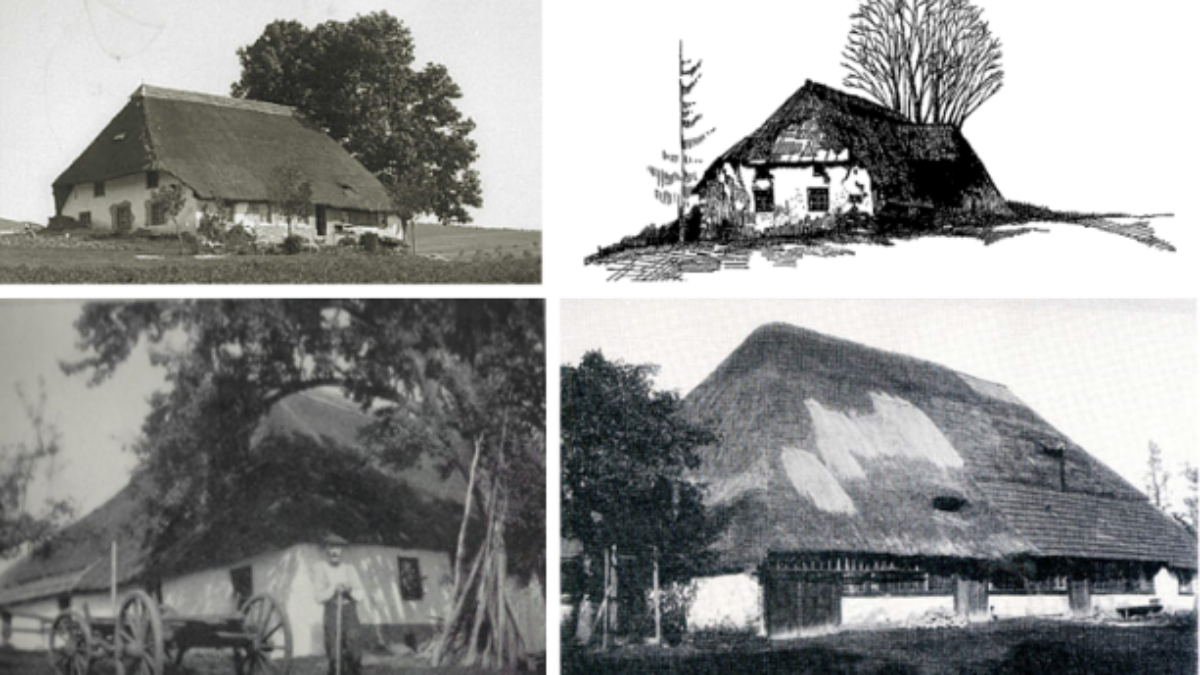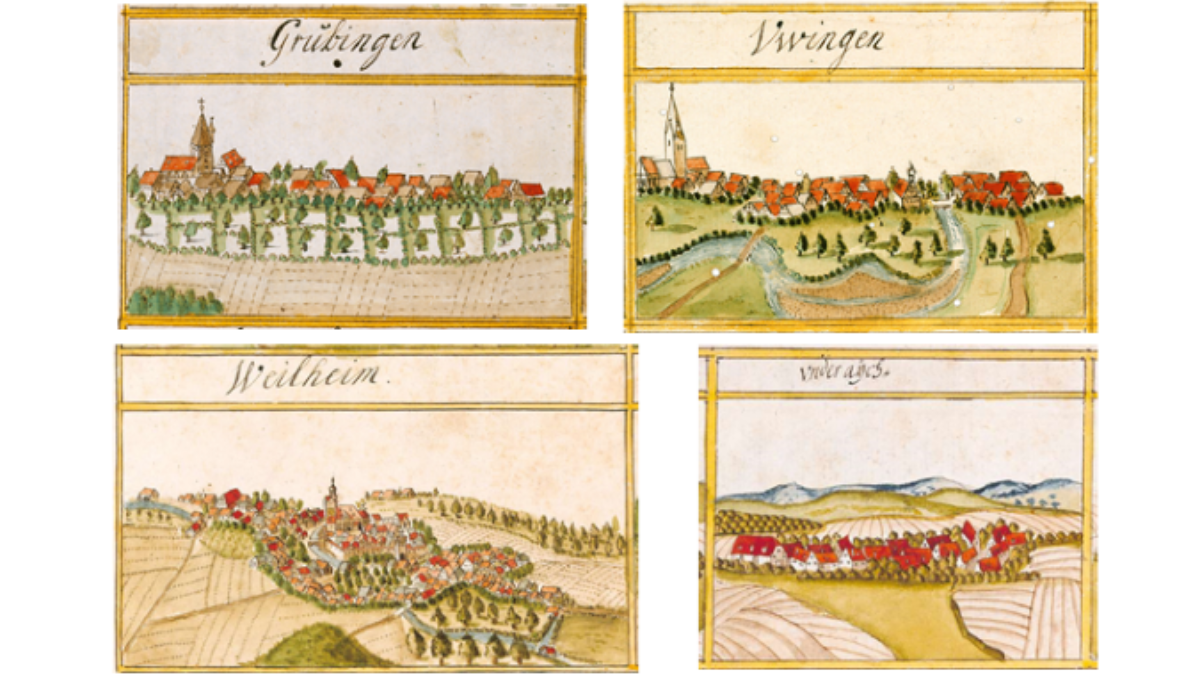Research associate Pia Krause of the Institute of Acoustics and Building Physics (IABP) is investigating how shade trees can influence the indoor climate of buildings. She explains: “I’m researching what effects different green structures have on the microclimate and indoor climate in front of and inside buildings.” To do this, she is expanding a simulation tool that uses weather data to determine the extent to which trees planted near buildings modify the microclimate, which, in turn, influences the indoor climate.
“The effect is particularly strong with natural ventilation through windows; the much cooler air can flow in,” explains Krause. “But even if there’s no window and there’s a high-quality building envelope, you can still demonstrate the effects of shade trees on the indoor climate.”
We want to investigate the potential of the age-old principle of shade trees.
Pia Krause
The researcher mentions many individual studies. For example, on particularly hot days. As she elaborates in her work, observations across all seasons are still few and far between. But according to Krause, the changing seasons each have their own special effects on the microclimate. A deciduous tree is a highly dynamic system (e.g., in terms of seasons, diurnal variation, evaporation, and shading). Trees influence the transmittance (solar radiation), the evaporation capacity, and the air temperature – and thus the surrounding microclimate. Krause’s work involves measuring the interaction between evaporative capacity and the microclimate. Adequate water supply to the trees is also important. When a tree receives too little water, it shuts down evaporation and thus cannot provide sufficient cooling capacity.
Another task is to record the transmittance of deciduous trees over the different seasons. To do this, Krause walks the campus at regular intervals (usually once a week) and photographs specific deciduous trees. After the images are processed, pixels show the different transmittance levels.
Shade trees have been used for centuries to achieve climatic benefits
“I did not invent the term shade tree; it has been around for a long time. The principle of shade trees dates back many centuries,” explains Krause. It can be shown, for example, that the thatched-roofed houses in the Black Forest have always been surrounded by trees in a certain way and that this was done deliberately in order to achieve particular climatic advantages. The trees are always planted on the side facing the weather in order to protect the house. There is also a long tradition of trees being used as windbreaks. Of course, the building envelopes of today are of much higher quality. “It is nevertheless important that we investigate what potential the age-old principle of shade trees offers for our present time and to use these findings,” says Krause. “The multi-modal and positive effect of shade trees needs to be re-integrated into our cities – partly because of the consequences of climate change.”
Measurements show clear effects
Pia Krause shows measurement data from June 3, 2021. This was not a particularly hot or radiant day. Nevertheless, the measurements in front of the institute building at Pfaffenwaldring 7 show clear differences of the microclimate depending on the tree population.
At 11:00 a.m., the surface temperatures of the exterior facade without tree were about 53°C. With the tree, they were about 29°C lower (24°C). This also has an effect on the internal surface temperatures of the structural component. Also here, temperature differences of up to 9°C have been identified.
The goal is specific recommendations for action
Pia Krause started her measurements in August 2020 and is now almost finished. She will soon begin to validate her numerical model so that she can derive concrete recommendations for action.
What is positive? What leads to qualitative improvements? What are the effects on the indoor climate? Which trees are particularly suitable? And where should a tree be planted in order to provide the maximum benefit?
“It’s especially good if trees are planted in front on the east or west side of buildings,” explains Krause. The south facade is not so favorable; trees block sunlight in winter and contribute little to shading in summer because of the largely perpendicular position of the sun.
Shade trees also positively influence the urban climate
Apart from the benefits for the indoor climate, shade trees also have a positive effect on the climate of cities. Building facades no longer heat up as much. And they radiate correspondingly less heat. This helps lower the temperature in the city. In addition, trees influence the flora and fauna of their surroundings and provide a green, structurally rich outdoor environment. For example, small leaved lime (Tilia cordata) serves as a habitat and food source for numerous insects.
Krause’s doctoral topic is a component of the research area “Environmentally sound construction for people, flora and fauna” at the IABP. With this research focus, the (urban) physical interactions of green structures and living organisms in cities are investigated and transferred into specific recommendations for designing the livable spaces of tomorrow.
Series “Specialized in Sustainability”
The series “Specialized in Sustainability” presents research conducted by early career researchers about sustainability at the University of Stuttgart. Research by doctoral students and research associates from various institutes encompasses everything from structural-physical analyses of tree houses to development studies in the Philippines, to lithium battery alternatives. The various disciplines are united by one common goal: researching to ensure an environmentally friendly, sustainable future.








